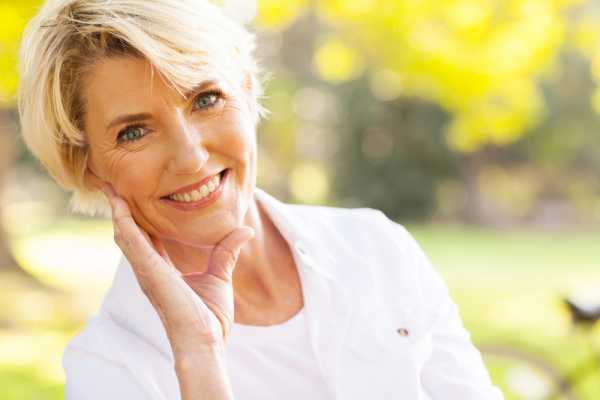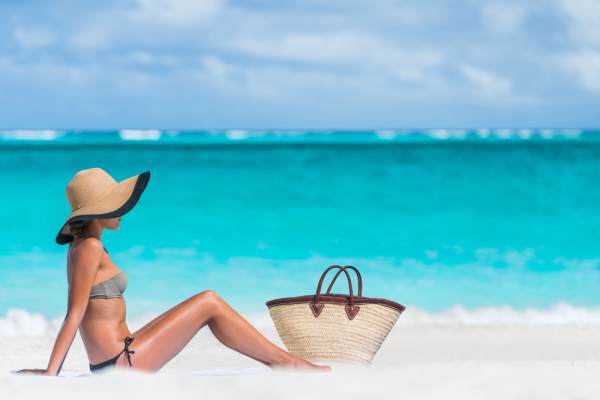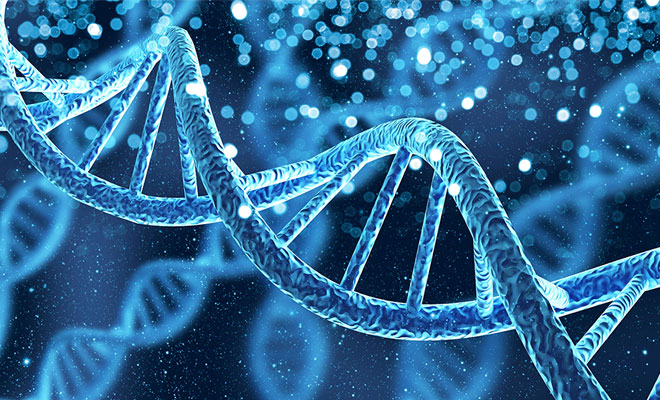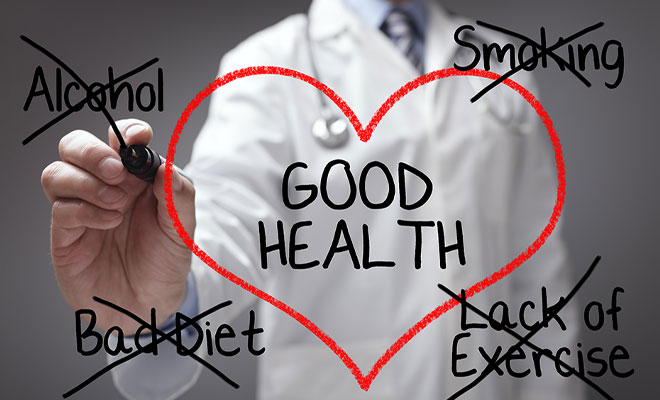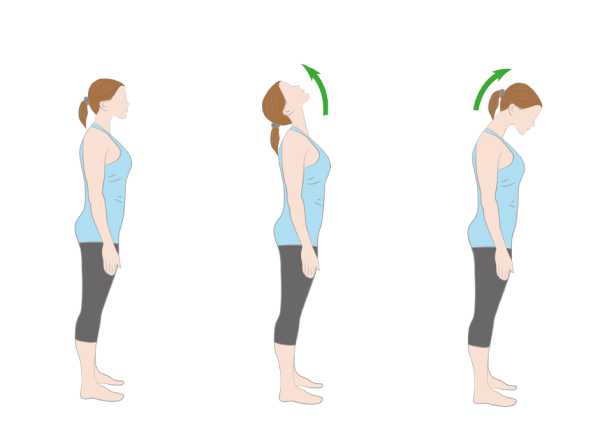Arguably the most common and earliest-appearing sign of the natural aging process is sagging skin.
However, what most of us do not realize is that every part of our skin loses elasticity, not just the face.
How to prevent wrinkles on my neck is also as important as in other body parts.
Therefore, the neck and the chest area become neglected, leading to droopy jowls or turkey neck.
Though turkey neck is less noticed than facial lines and wrinkles, it is as unsightly or even more so!
There are many ways to prevent and treat turkey neck. If you want to find out more about what causes turkey neck and how you can prevent or get rid of it, keep reading below!
What Is Turkey Neck?
Turkey neck is the sagging of the loose skin, fat, and muscles on the neck below the chin resembling a turkey’s wattle, thus the name.
It is normally spotted in old people, especially those who have drastically lost a lot of weight.
Saggy neck after weight loss hangs loose and can feel rough, dry, and papery or crepey in texture.
If you’re wondering what age does turkey neck start, it is usually seen in people 40 years old or older.
According to New York- and Florida-based dermatologist Fredric Brandt, the lack of oil glands in the neck results in dryness, which can hasten the aging process and make the skin on your neck more weathered and matured.
Neck skin is also more prone to laxity, and the contraction of the muscles here increases the prominence of the vertical cords of the neck, says Adam R. Kolker, a plastic surgeon from NYC.
What Causes Turkey Neck?
The causes of turkey neck could be several or all of the following factors:
-
Aging
![Aging On Neck]()
Aging – Image/Shutterstock
Old age comes with the weakening of the muscles and the loss of collagen and elastin proteins in the skin, important structures that makes it strong, elastic, and flexible.
-
UV Exposure
![Uv Exposure]()
Uv Exposure – Image/Shutterstock
The main cause of wrinkles and skin sagging is exposure to the UV light from the sun or artificial tanning beds.
UVA light penetrates deep into the skin, damaging the cells, suppressing the skin’s immunity, and hastening premature aging.
This is why sun protection is important.
-
Genetics
![Causes of Genetics for Turkey Neck]()
Causes of Genetics for Turkey Neck – Image/Shutterstock
Your genes could also be responsible for the development of turkey neck. If your parents or grandparents experienced it, chances are you might follow the similar path.
-
Hormones
![Hormones Rresponsible For Turkey Neck]()
Hormones Rresponsible For Turkey Neck – Image/Shutterstock
In relation to your genetic makeup, the amount and combined effects of different hormones in the body can affect how early, how fast, and how severe your neck aging signs will be.
-
Lifestyle Choices
![Lifestyle Choices May Cause Turkey Neck]()
Lifestyle Choices May Cause Turkey Neck – Image/Shutterstock
Your lifestyle is responsible for a huge chunk of health problems and issues, including turkey neck and mature skin.
Smoking, for example, constricts the blood vessels, restricting the blood flow and distribution of oxygen and nutrients.
This starves your cells and inhibits their repair or the generation of new ones that keep the skin looking young and healthy.
Less nutrition also means more free radical damage that destroys collagen[1] and reduces its production.
The same goes for alcohol, the consumption of which diminishes the body’s vitamin B supply.
Vitamin B is responsible for retaining moisture in the skin and keeping it soft and hydrated.
What Is the Difference Between Turkey Neck And Double Chin?
Some people confuse turkey neck with a double chin, but though they seem similar, these two conditions are entirely different.
A double chin is due to excess fat that accumulates under the skin, putting on extra weight and volume to the chin. So to get rid of a double chin, you have to get rid of fat.
Turkey’s neck, on the other hand, is due to the loss of fat and elasticity of the skin, causing it to hang loosely down the neck and chin.
How To Get Rid of Turkey Neck Without Surgery?
While surgery is probably the best solution for turkey neck, you can actually do something about it without going under the knife.
These include tightening or neck toning exercises and certain food choices.
Apart from that, there are various products available in the market which will help you to get rid of turkey neck.
For better and instant results you can apply neck creams such as Nectifirm and Revivatone and check do they really work and provide you the desired results.
These products have got dermatologists approval and are recommended by many of its satisfied customers.
-
Exercises To Tone Turkey Neck
![Exercises To Tone Turkey Neck]()
Exercises To Tone Turkey Neck – Image/Shutterstock
Facial yoga or facial exercises aiming to tighten the muscles on the neck and chin are gaining popularity nowadays.
Some experts recommend doing these twice to thrice per hour to see drastic and fast results.
One easy neck strengthening exercise that you can try involves pouting your lips and stretching your neck with your face looking upward and your shoulders relaxed for at least 30 seconds before going back to a resting position.
Others include tongue and chewing exercises.
-
Foods That Fight Turkey Neck
Another way how to get tighten neck skin is to eat certain foods in higher amounts.
Examples are:
1. Olive Oil

Olive Oil To Get Rid Of Turkey Neck – Image/Shutterstock
A French study has proven that monounsaturated fatty acids in olive oil can protect against photodamage and free radical damage caused by UV radiation.
Aside from sagging skin, this can also help reduce pigmentation and wrinkles.
2. Aloe Vera

Aloe Vera Eliminates Turkey Neck – Image/Shutterstock
Several studies have found that the daily intake of aloe in your diet can result in the doubling of collagen production.
Another recent study also found that people who consumed aloe gel experienced reduced overall body fat on top of the firmer skin and reduced wrinkle depth.
3. Sunflower Seeds

Sunflower Seeds To Treat Turkey Neck – Image/Shutterstock
Sunflower seeds are very rich in Vitamin E, an antioxidant that fights free radical damage and enhances skin nourishment to make it appear younger as well as reduce the depth and length of facial lines and roughness.
This is useful as one of the best treatments for neck and chest wrinkles.
4. Carrots

Carrots Helps To Remove Turkey Neck – Image/Shutterstock
Loaded with carotenoids (powerful antioxidants responsible for their bright colors), carrots elicit an anti-aging effect by preventing premature skin aging and cell damage from free radicals.
Other carotenoid-rich foods include sweet potatoes, mustard greens, watermelon, and pumpkin.
5. Flaxseed
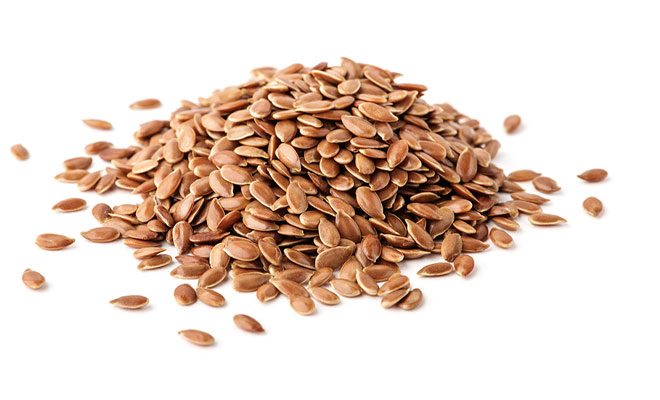
Flaxseed Tighten Sagging Turkey Neck – Image/Shutterstock
Dry skin exacerbates aging and sagging of the skin. Flaxseeds are sagging neck solutions that contain high doses of linoleic acid, an essential fatty acid that helps the body cure dry skin.
A study from the American Journal of Clinical Nutrition discovered that the odds of skin dryness could be reduced by 25% by simply consuming a gram of linoleic acid daily.
Other great sources of linoleic acid are hemp seed oil and grape seed oil.
6. Red Bell Peppers

Red Bell Peppers To Reduce Turkey Neck – Image/Shutterstock
More than just brightening the colors of your salads and meals, red bell peppers are also effective in reducing collagen loss and skin aging.
They are rich in carotenoids and Vitamin C[2] that protect from wrinkles and encourage collagen production. Vitamin C also helps in wound repair, photoprotection, and skin regeneration.
According to a recent study published in the same journal, a 1 mg increase in your daily Vitamin C intake was found to reduce skin wrinkling by 11%. You can also get Vitamin C from brussels sprouts, papaya, and broccoli.
7. Wild Salmon

Wild Salmon Eliminates Turkey Neck – Image/Shutterstock
A component of the best anti-aging skin diet and a known source of the supernutrient omega-3 fatty acid, wild salmon can reduce wrinkles and other skin disorders due to UV-induced inflammation.
Tips For A Firmer Neck:
Follow these skincare tips on how to prevent turkey neck:
1. Stretch your neck daily by holding your head high on a daily basis.
2. Wear broad-spectrum sunscreen whether or not you will be spending the day outdoors.
3. Use facial rollers to tone your neck, chin, and face.
4. Moisturize, cleanse, and tone the skin on your neck rather than just focusing on your face. Moisturizer for your neck can really do much in maintaining your skin’s health and youthfulness.
5. Apply effective neck creams for the turkey neck in an upwards motion to reduce too much stretching and boost circulation.
6. Consult your doctor about less invasive medical turkey neck treatment like botox, dermabrasion, laser skin rejuvenation, or chemical peels.
Now that you know what causes turkey neck and the possible ways you can avoid and treat it, you can now enjoy youthful skin without spending too much effort and money on expensive surgery
FAQ’s:
Que: How to get rid of turkey neck without surgery?
Ans: Ultherapy is the only procedure approved by the FDA for lifting and tightening the skin of the neck and chest without surgery.
Que: Can turkey neck reverse?
Ans: The best way to reverse a turkey neck appearance is to encourage the body to create more collagen with a non-surgical neck lift treatment like Ulthera.
Que: Why do I suddenly have a turkey neck?
Ans: Turkey neck is caused by the weakening of the neck muscles, along with the skin losing its elasticity.
Que: At what age does neck skin start to sag?
Ans: Most Probably neck skin starts to sag and wrinkle around the neck is at the age of 40.

 By Wendy Gould
By Wendy Gould

